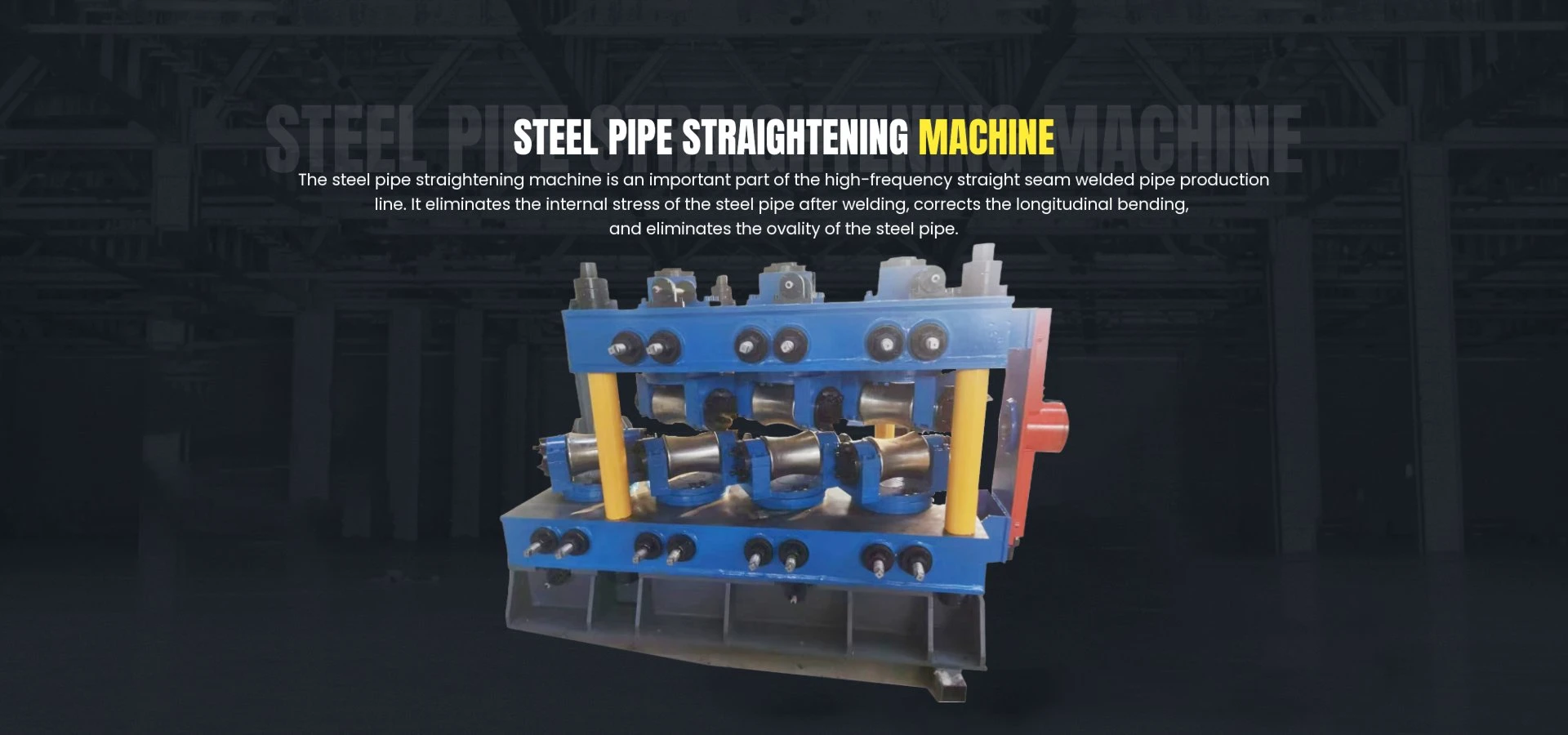transfer molding press
Understanding Transfer Molding Press An Overview
Transfer molding is a widely utilized process in the manufacturing sector, particularly in the production of thermosetting plastics and rubber products. At the heart of this process is the transfer molding press, a specialized machine designed to facilitate the transformation of raw materials into finished goods with precision and efficiency. This article delves into the components, working mechanisms, applications, and advantages of transfer molding presses.
Components of a Transfer Molding Press
A transfer molding press consists of several key components that work together to ensure the molding process is effective. The primary components include
1. Press Frame The robust structure that supports all other components and withstands the pressures exerted during the molding process. 2. Heating Platen These plates provide the necessary heat to cure the material. They are usually made from high-quality steel to endure high temperatures. 3. Transfer Cylinder This critical component transfers the preheated raw material into the mold cavity. It often features a screw mechanism that facilitates precise control during the transfer stage. 4. Mold Cavity The custom-designed mold where the raw material is shaped. Molds can be made from various materials, often chosen for their ability to withstand high temperatures and pressures. 5. Hydraulic System This system enables the press to exert the required force on the material, ensuring it fills the mold cavity completely and uniformly.
Working Mechanism
The operation of a transfer molding press can be broken down into several stages
1. Material Loading The raw material, typically in the form of pellets, is loaded into the transfer cylinder. 2. Heating The heating platen raises the temperature of the material, converting it into a flowable state. 3. Transfer Action Once adequately heated, the material is pushed from the transfer cylinder into the mold cavity using hydraulic pressure. 4. Curing The material is allowed to cure in the mold under heat and pressure, solidifying into the desired shape. 5. Ejection After curing, the mold is opened, and the part is ejected from the cavity, ready for post-processing or packaging.
transfer molding press

Applications
Transfer molding presses find applications in various industries, making them versatile tools in manufacturing. Common applications include
- Electrical Components Production of insulators, connectors, and circuit breakers. - Automotive Parts Fabricating parts like gaskets, seals, and other components requiring durable thermosetting plastics. - Consumer Electronics Manufacturing housings and components that require high precision and durability. - Medical Devices Creating items such as syringes and laboratory equipment, where precision and hygiene are paramount.
Advantages of Transfer Molding Presses
The use of transfer molding presses offers several advantages
1. Precision The process allows for high precision in the production of intricate shapes and designs. 2. Efficiency Transfer molding is generally faster than other molding processes, making it suitable for high-volume production. 3. Material Utilization The method reduces waste, as excess material can be reprocessed and reused in subsequent cycles. 4. Versatility A variety of materials can be used, allowing manufacturers to choose the best options for their specific applications.
Conclusion
In summary, transfer molding presses are invaluable tools in the modern manufacturing landscape. Their ability to produce high-quality, precise components efficiently has solidified their role in industries ranging from automotive to electronics. As technology continues to advance, we can expect further enhancements in the capabilities of transfer molding presses, paving the way for innovations in product design and manufacturing processes. Understanding this technology is crucial for both manufacturers and designers aiming to leverage its benefits in their production workflows.
-
High Frequency Straight Seam Welded Pipe Production Line-BzZhou Xinghua Machinery Equipment Manufacturing Co., LTD.|Precision Welding, High EfficiencyNewsJul.30,2025
-
High Frequency Straight Seam Welded Pipe Production Line|BzZhou Xinghua|Precision Welding&EfficiencyNewsJul.30,2025
-
High Frequency Straight Seam Welded Pipe Production Line - BzZhou Xinghua|Precision Engineering&EfficiencyNewsJul.30,2025
-
High-Frequency Straight Seam Welded Pipe Production Line-BzZhou Xinghua Machinery Equipment Manufacturing Co., LTD.NewsJul.30,2025
-
High-Frequency Straight Seam Welded Pipe Production Line-BzZhou Xinghua Machinery Equipment Manufacturing Co., LTD.|Precision Manufacturing, High EfficiencyNewsJul.30,2025
-
High Frequency Straight Seam Welded Pipe Production Line-BzZhou Xinghua Machinery Equipment Manufacturing Co., LTD.|Precision Steel Pipe Manufacturing&Industrial EfficiencyNewsJul.29,2025


